Panasonic Leica DG Vario-Summilux 10-25 mm f/1.7 ASPH
6. Distortion
In the case of the Panasonic Leica DG Vario-Summilux 10–25 mm f/1.7 ASPH a similar approach was employed, it's enough to glance at a comparison of images saved in JPEG and RAW format, the latter developped with the dcraw program.
In the case of JPEG files you get some chances to notice distortion only at 10 mm, where you deal with slight barrel variation, amounting to −1.24%. At 12 mm that aberration is practically zero, officially being +0.16%. A very similar level can be observed at the 14 and 18 mm focal length where we got, respectively, +0.14% i +0.20%. At 25 mm the result even decreased, amounting to just +0.08%.
Please Support UsIf you enjoy our reviews and articles, and you want us to continue our work please, support our website by donating through PayPal. The funds are going to be used for paying our editorial team, renting servers, and equipping our testing studio; only that way we will be able to continue providing you interesting content for free. |
- - - - - - - - - - - - - - - - - - - - - - - - - - - - - - - - - - - - - - - - - - - - - - - -
For the RAW files the situation is quite different. At the widest angle of view barrel distortion is simply huge, reaching −5.98%. Even at 12 mm its level still remains high, being −3.89%. It's easy to notice it also at 14 mm, because the result we got there amounted to −2.30%. Only at 18 and 25 mm focal length you can speak about a slight level of that aberration as it reaches, respectively, −0.52% and +0.78%.
| Olympus E-M5 II, JPEG, 10 mm | |||
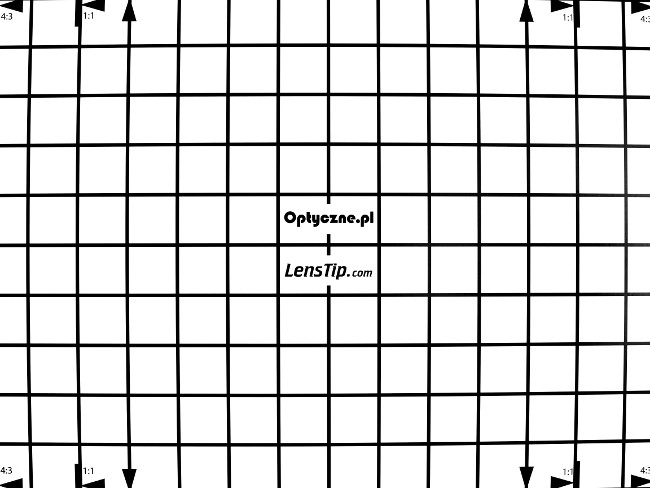
|
|||
| Olympus E-M5 II, JPEG, 12 mm | |||
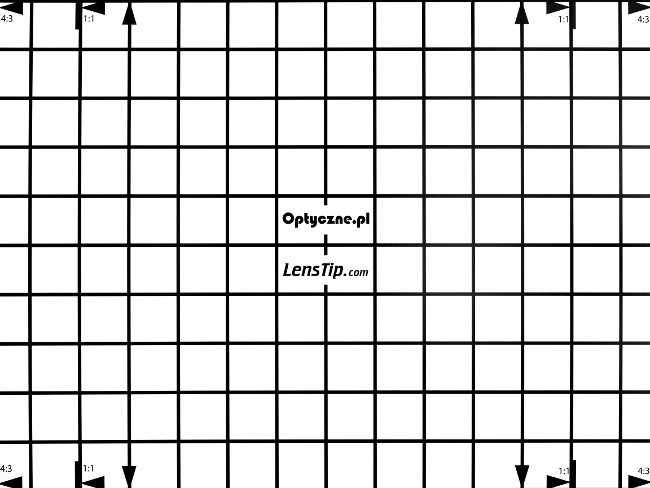
|
|||
| Olympus E-M5 II, JPEG, 14 mm | |||
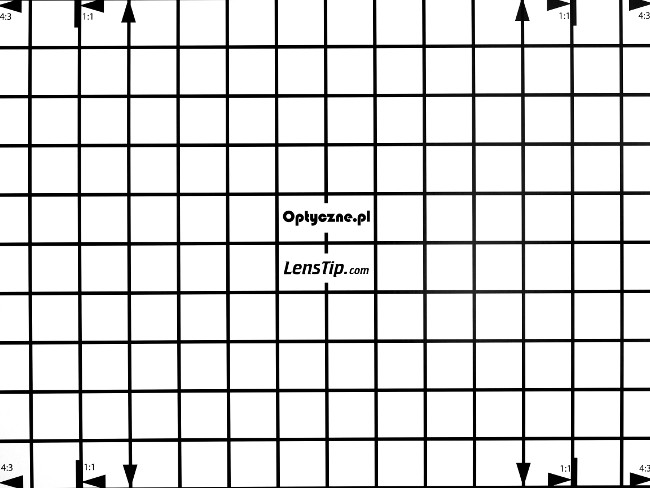
|
|||
| Olympus E-M5 II, JPEG, 18 mm | |||
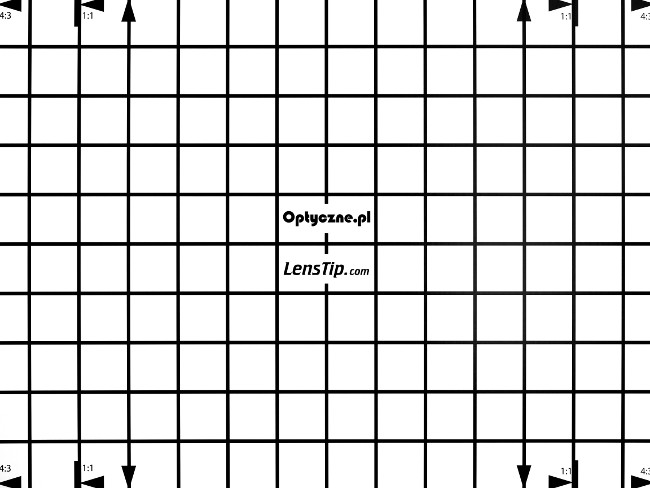
|
|||
| Olympus E-M5 II, JPEG, 25 mm | |||
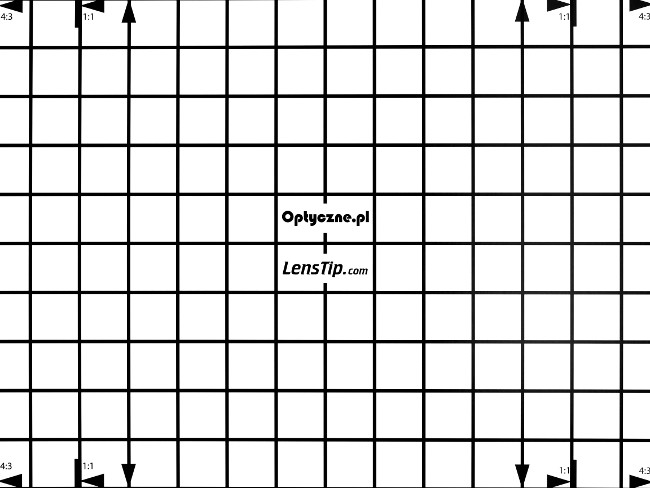
|
|||
| Olympus E-M5 II, RAW, 10 mm | |||
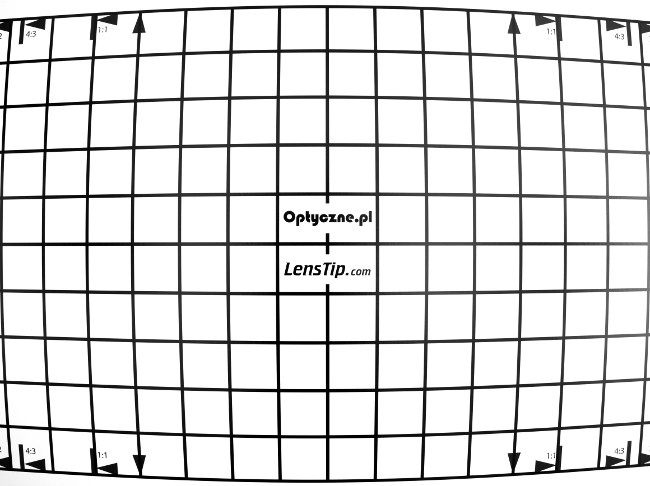
|
|||
| Olympus E-M5 II, RAW, 12 mm | |||
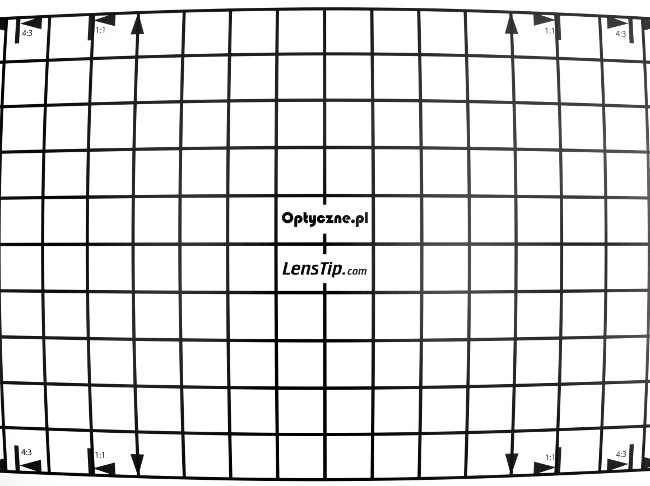
|
|||
| Olympus E-M5 II, RAW, 14 mm | |||
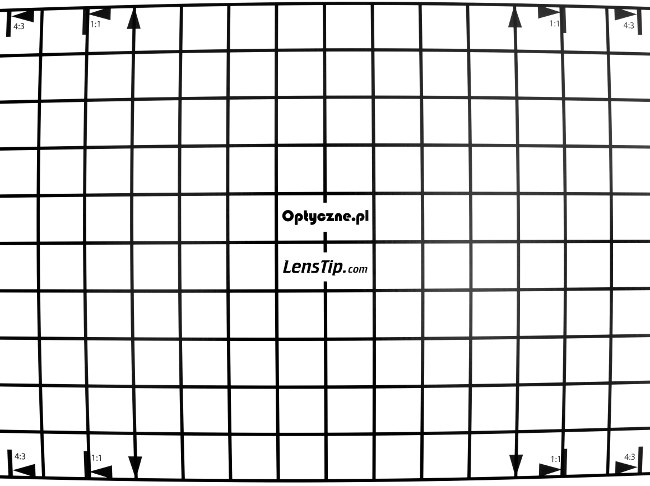
|
|||
| Olympus E-M5 II, RAW, 18 mm | |||
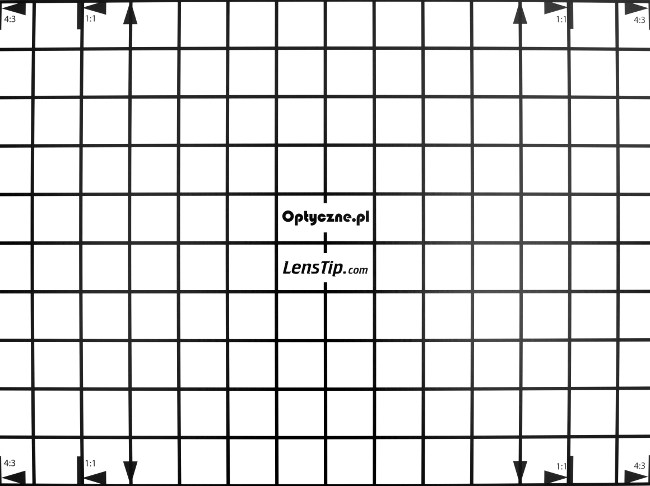
|
|||
| Olympus E-M5 II, RAW, 25 mm | |||
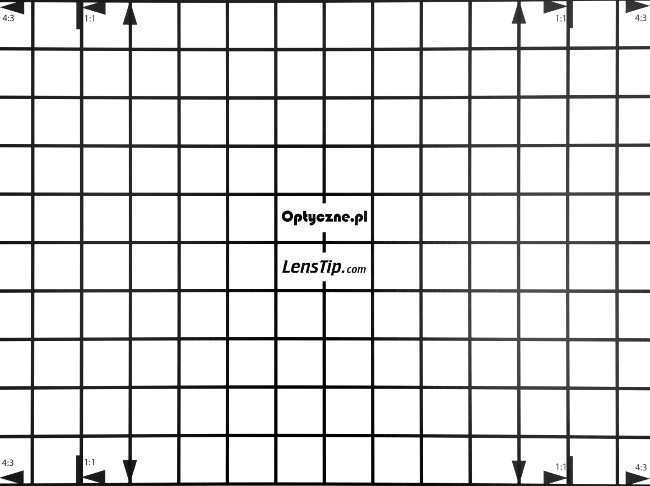
|
|||






